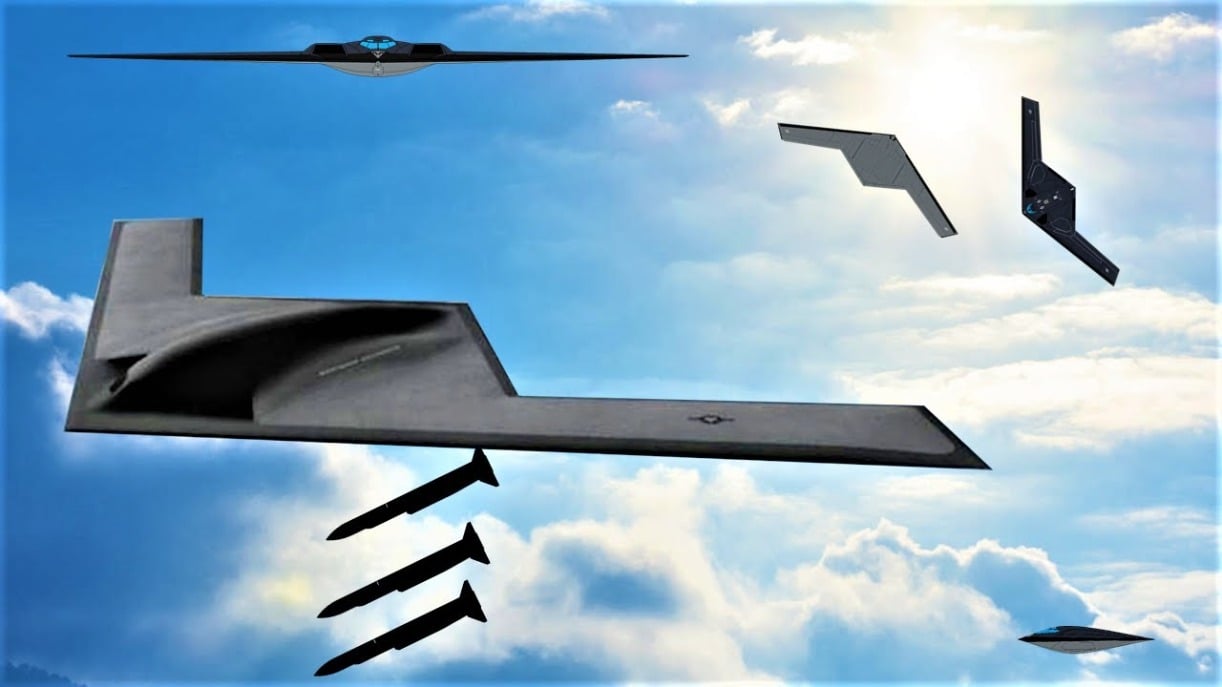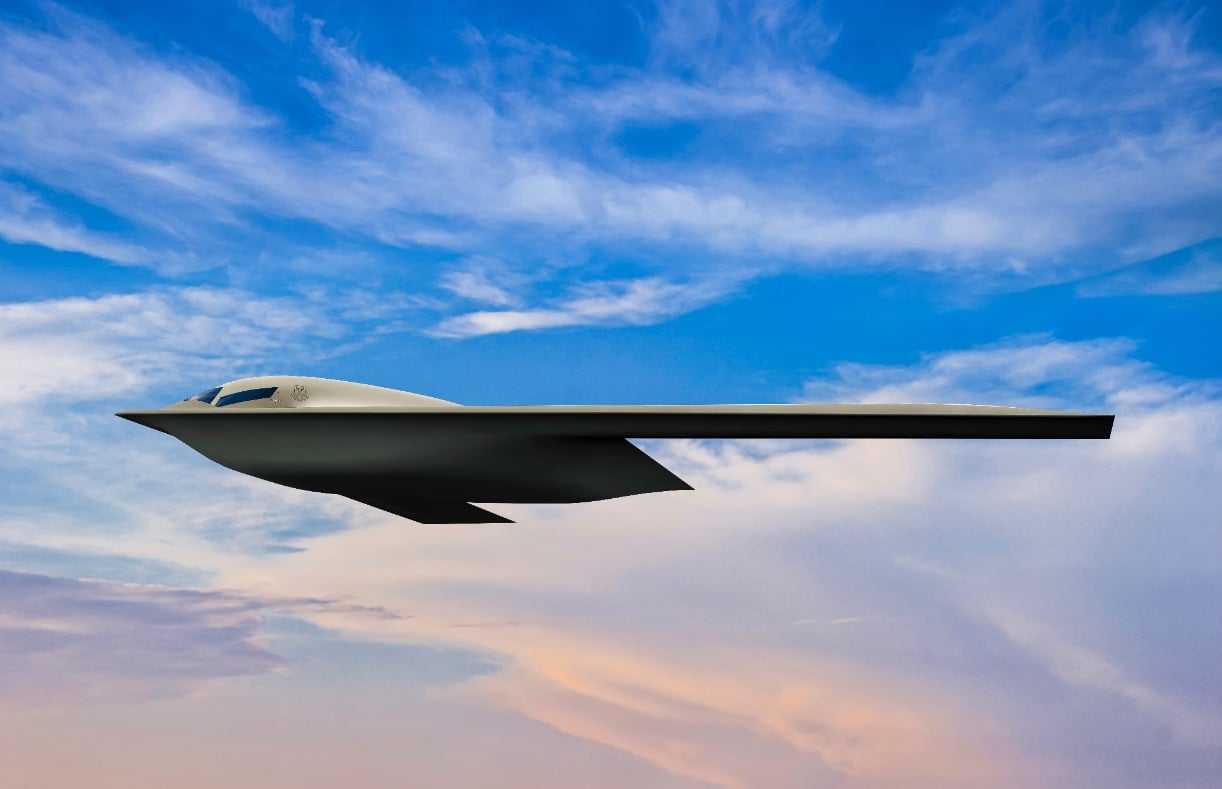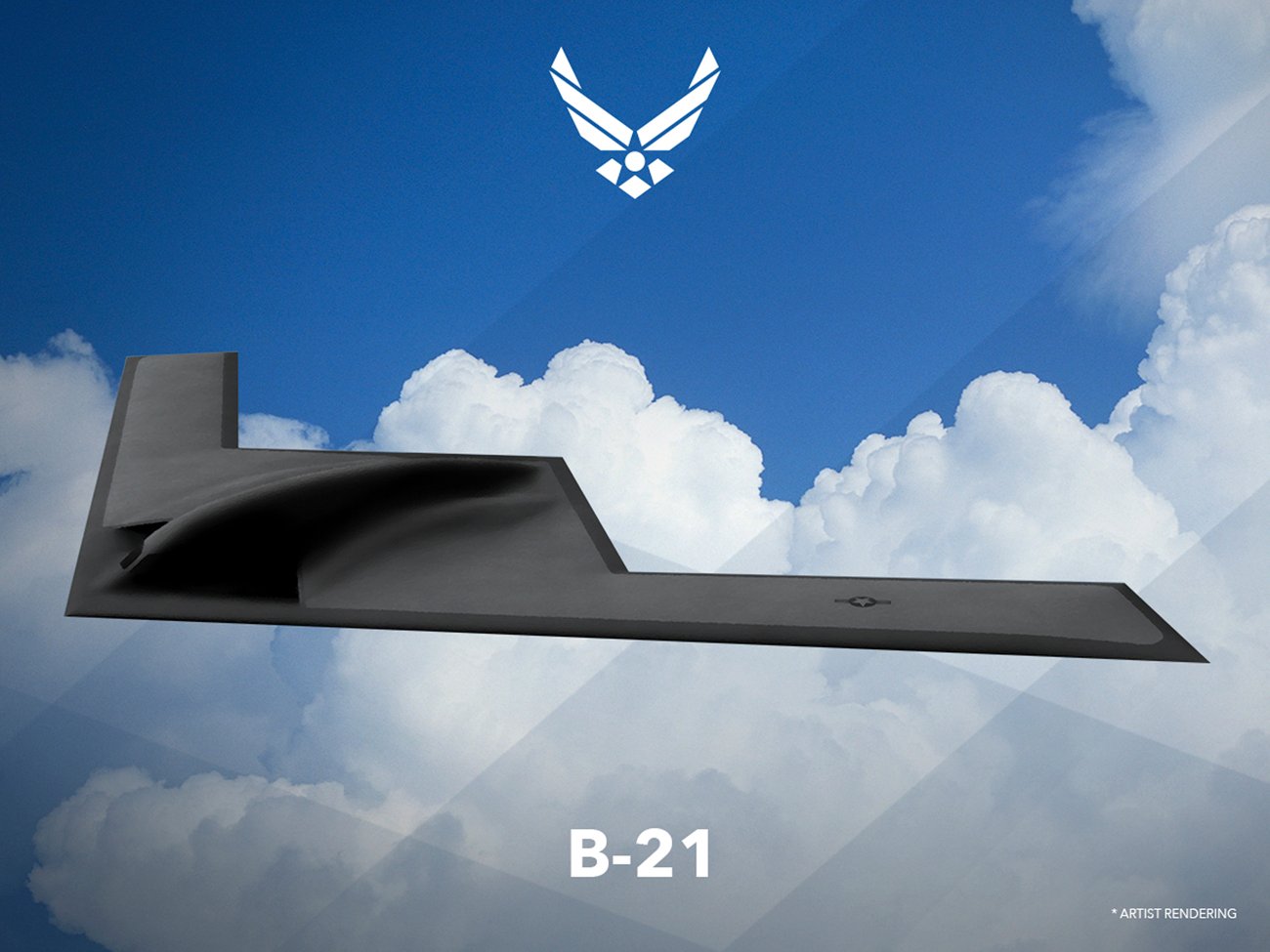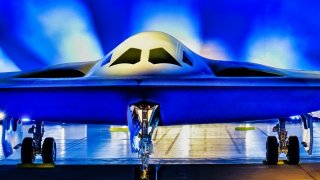Stealth B-21 Raider Bomber 'Might Belong in a Museum'
As drones improve, they might assume the bomber role, echoing how battleships were phased out. The B-21 Raider bomber could be the last of its kind before bombers transition to a historical status.
What You Need to Know: The U.S. Air Force’s B-21 Raider bomber program recently saw budget reductions, with procurement costs lowered to $2.7 billion for FY 2025, due to effective cost negotiations.

-However, the Air Force may cap production at 100 aircraft, potentially shifting its focus to drone technology and manned-unmanned systems, such as the Next-Generation Air Dominance (NGAD) program, which envisions a sixth-gen fighter guiding unmanned drones for precision strikes.
-As drones improve, they might assume the bomber role, echoing how battleships were phased out. The B-21 could be the last of its kind before bombers transition to a historical status.
B-21 Bomber Production May Be Capped as Drones Rise in Prominence
Months back, the United States Air Force announced that its future Northrop Grumman B-21 Raider could be a bit less expensive to procure.
The fiscal 2025 request for the future backbone of the air service's bomber fleet had sought $2.7 billion for procurement of a still unspecified number of initial production aircraft. That contrasted with the $4.0 billion projected last year. In addition, the procurement request projection for fiscal 2026 was also lowered by about $600 million to $3.9 billion. The reduced budget projects for the next-generation stealth bomber were in part due to lower prices negotiated with contractors.

That was seen as a rare example of successful cost-cutting for the Pentagon, as the price reduction came just months after the Air Force stated that the B-21 program was expected to cost $203 billion over 30 years, with each bomber having an expected average procurement cost of $692 million.
The bombers will still be costly, and it was this week that the Air Force even announced it might cap the total production of the next-generation bombers at just 100 aircraft. Air Force officials have suggested it would be unwise to commit to additional aircraft as technology is almost certain to advance significantly in the meantime and a focus would be better directed towards alternative options.
Could That Be Drones?
While it is impossible to suggest what the future bomber fleet could look like – another consideration is that there might not be a need for a bomber fleet at all. Bombers remain part of the nuclear triad, alongside ballistic missile submarines, and intercontinental ballistic missiles, yet, it should be remembered that the United States is just one of three nations that continue to operate long-range strategic bombers.
It is therefore entirely possible that bombers could be considered the "battleships" of the 21st century, a military platform whose time has come and gone.

We've already seen that drones could perhaps fill the role. Ukraine has managed to successfully employ drones to strike targets deep inside Russia. That has included Russian air bases as well as vessels in the Black Sea. Moreover, it was last September that an aerial drone struck the headquarters of the Russian Navy's Black Sea Fleet in Sevastopol, completely destroying the facility.
Of course, drones would need to be greatly improved.
When Iran launched its drone strike against Israel this past weekend, the Israel military – along with coalition partners including the United States, the United Kingdom, France, and Jordan – had hours to prepare. The drones that took off from positions within the Islamic Republic had just 1,200 km (745 miles) to travel, but the Iranian Shahed 136 Drone, with a maximum speed of 185 km/h (114 mph). That gave the targets a long time to respond.
Drone technology must improve substantially to be a viable replacement for a long-range strategic bomber, and it likely will get there.
B-21 Raider: Stick It In a Museum?
One possible future could be the Next-Generation Air Dominance (NGAD), the U.S. Air Force's "system of systems" that calls for a manned sixth-generation fighter supported by unmanned aerial systems. It is very possible that instead of long-range bombers, the Air Force could employ a small fleet of manned fighters that can help direct unmanned drones with a variety of armaments to hit an adversary's target. These could include a large number of low-cost decoys.
As has been seen in the Red Sea, the U.S. Navy has spent nearly a billion dollars countering low-cost Houthi missiles. Air defense missiles already cost far more than the ballistic and cruise missiles they are meant to counter, and transitioning from bombers to drone would further make it very expensive to counter an attack – especially if low-value drones were employed as decoys.
This doesn't mean that the bombers are a thing of the past just yet, but the future is looking like the heavy bomber will be relegated to museums, much like the battleships of the 20th century.
Author Experience and Expertise: Peter Suciu
Peter Suciu is a Michigan-based writer. He has contributed to more than four dozen magazines, newspapers, and websites with over 3,200 published pieces over a twenty-year career in journalism. He regularly writes about military hardware, firearms history, cybersecurity, politics, and international affairs. Peter is also a Contributing Writer for Forbes and Clearance Jobs. You can follow him on Twitter: @PeterSuciu.
You can email the author: [email protected].


